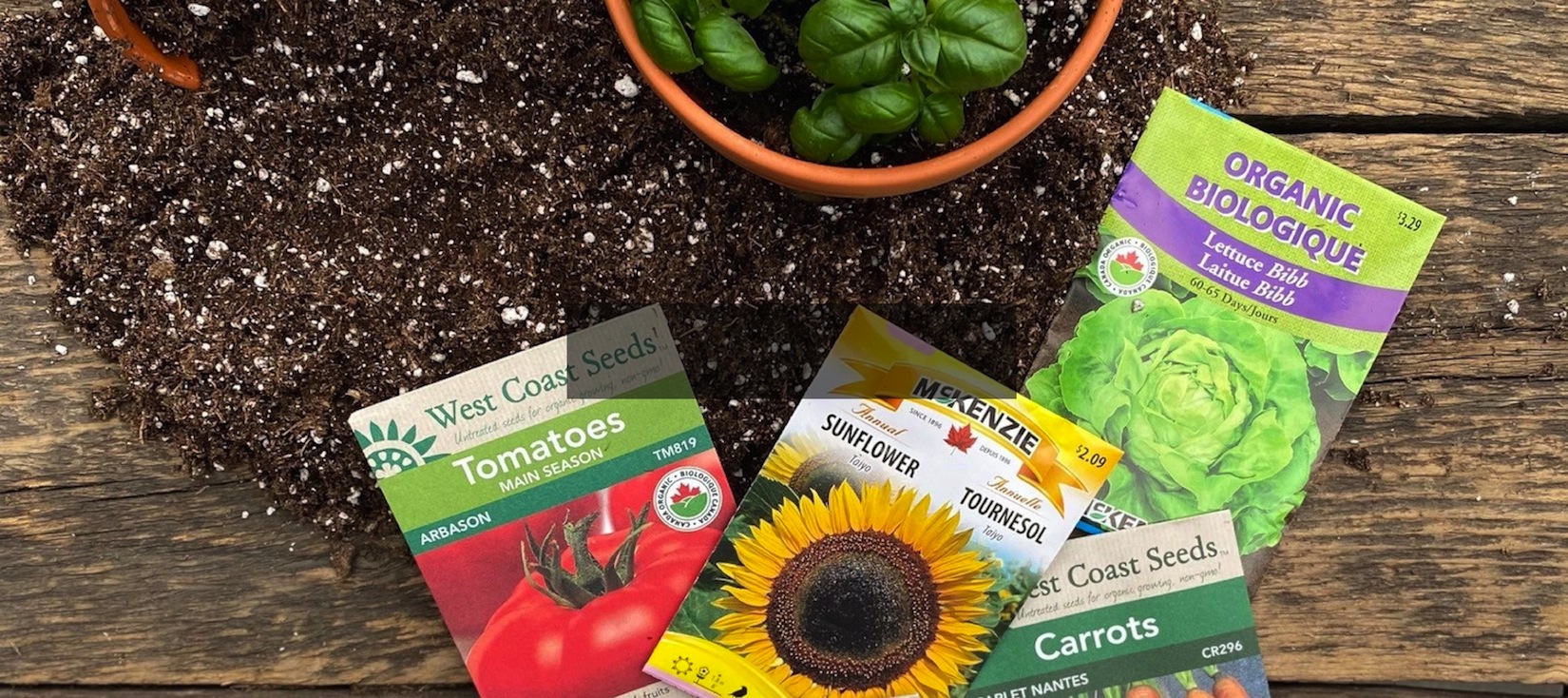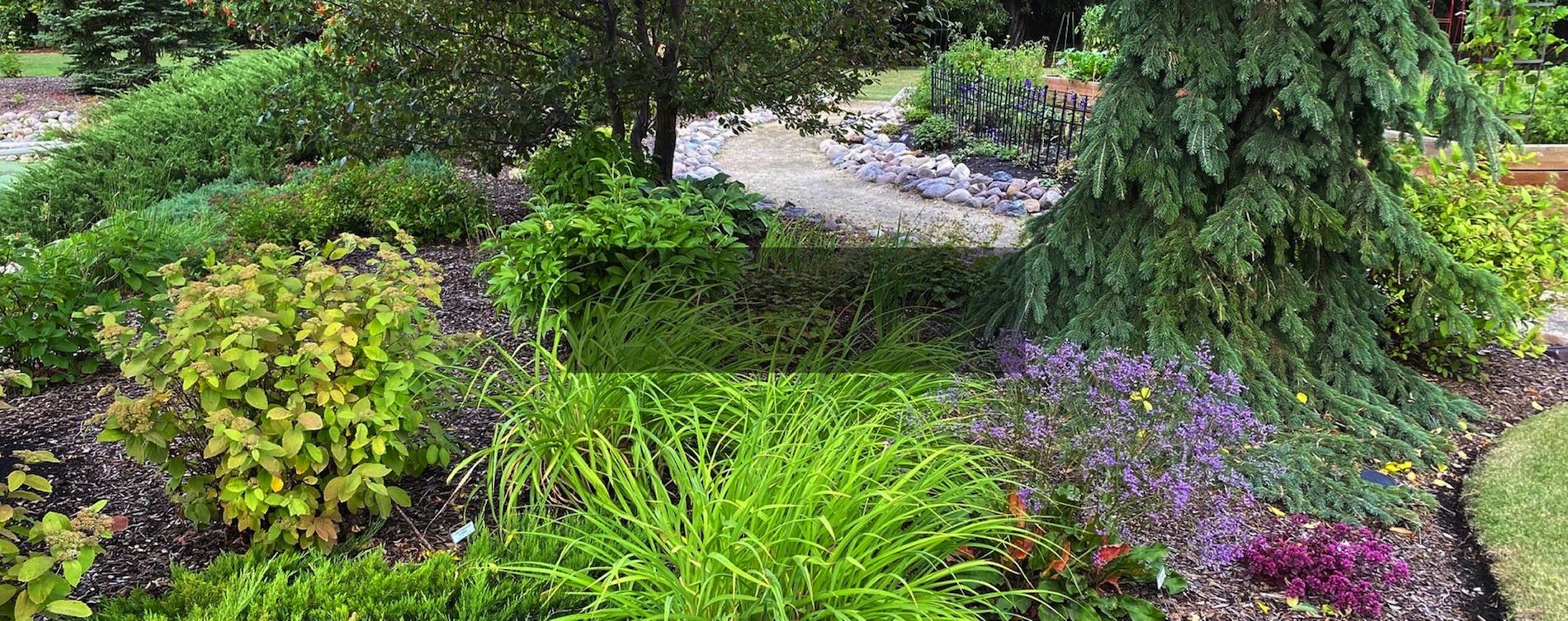Planting Trees & Shrubs

The following planting guidelines will help your new trees and shrubs get the best start possible. Ensuring you have the right soil mixture, fertilizer and technique are vital to your plant’s success.

Soil
When planting, the hole should be prepared with a good soil mixture. 2/3 of the mix should be good quality topsoil mixed with the existing soil, heavy clay removed. The other 1/3 should include organic matter such as compost, Sea Soil or a mixture of peat moss and manure.
Fertilizer
Starter fertilizers such as 10-52-10 or 5-15-5 should be used approximately every 2-4 weeks until fall. The middle number represents phosphorus, the nutrient that encourages good root growth. Dilute the plant food according to the directions, then pour over the wet root ball once the plant has been placed in the hole.

Planting
Step One
Prepare the hole 2 times the width of the pot and 1 1/2 times as deep as the pot. Score the sides of the hole with a shovel blade.
Step Two
Fill the bottom of the hole with a good soil mixture, as mentioned above, so the top of the root ball will be at the same grade (level) as the existing soil.
Step Three
Black Plastic Container: “Tickle” the root ball with your fingers or score the root ball with a sharp blade to encourage outward root growth. Start at the bottom and work your way up. For tight root balls, you may need to use a garden fork or the back of a hammer to release the roots.
OR
Fibre Potted: Carefully slice the bottom off the pot. DO NOT remove the pot at this point. Place the plant with the pot into the planting hole.
OR
Burlap: Place plant with burlap and twine intact into the planting hole. Be sure that it is not too low as some settling will occur.
Step Four
Note: Graft unions on trees (looks like a knot at the base of the trunk) should be planted at soil level. Be careful not to plant too high or too deep.
Black Plastic Container: Place the plant in the planting hole and fill around the plant with the soil mixture. Gently tamp the soil with your hand to remove air pockets.
OR
Fibre Potted: Once you have placed the plant in the planting hole, carefully slice up one side of the fibre pot. As you backfill the hole, carefully and gently remove the pot. ‘Shimmy’ it up from around the root ball to reduce root disturbance. Continue to back fill as you move the pot upwards. Gently tamp soil to remove any air pockets.
OR
Burlap: Backfill with soil mixture 2/3 of the way up. At this point you can cut the twine around the trunk and gently peal back the burlap. DO NOT remove the burlap or twine, it will degrade in the soil over a few seasons. Continue to backfill covering the top of the root ball so that it is level with grade. Gently tamp soil to remove any air pockets.

Watering
Plants in plastic containers can dry out quickly therefore it is imperative that they are watered very frequently before and after they are planted, to prevent them from drying out. This will be as often as once or twice a day. Always check with your hand first for soil moisture level.
When watering after transplanting, it is imperative not to over water. It is best to water deeply once and then allow the soil to dry out several inches down before watering again. Watering in this fashion encourages the roots to grow out and down in search of moisture, allowing the tree or shrub to become established more effectively.
If the newly transplanted tree or shrub is watered too often, it will not have a chance to dry out and the roots may start to rot. This is especially important for plant material such as Caragana, Mountain Ash and Amur Cherry which cannot tolerate over watering.





